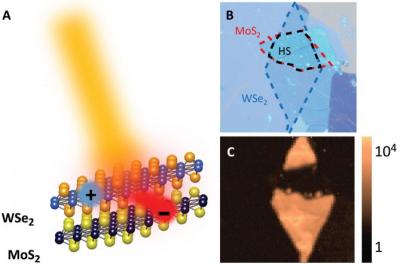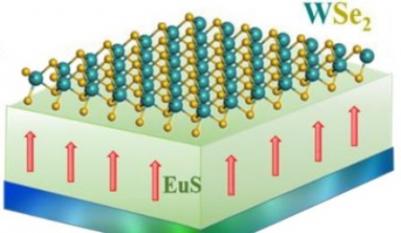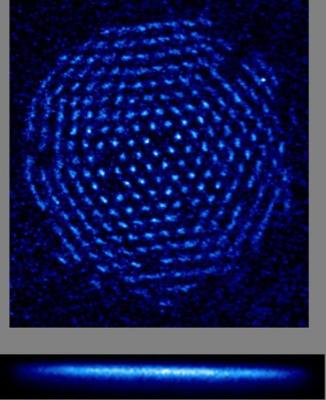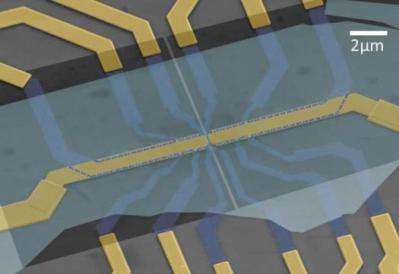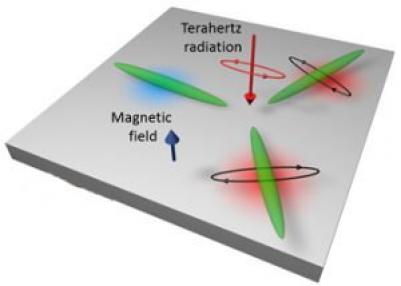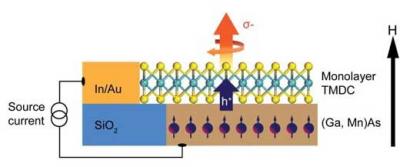A new research center in Germany to study valleytronics using graphene and other 2D materials
RWTH Aachen University and AMO GmbH launched a new joint research center with a focus on the science and applications of graphene and related 2D materials. The new center will addressing the challenges of future technology including high-frequency electronics, flexible electronics, energy-efficient sensing, photonics as well as spintronics and valleytronics.
The new center has five founding principal investigators, all members of the $1 billion Graphene Flagship project.
